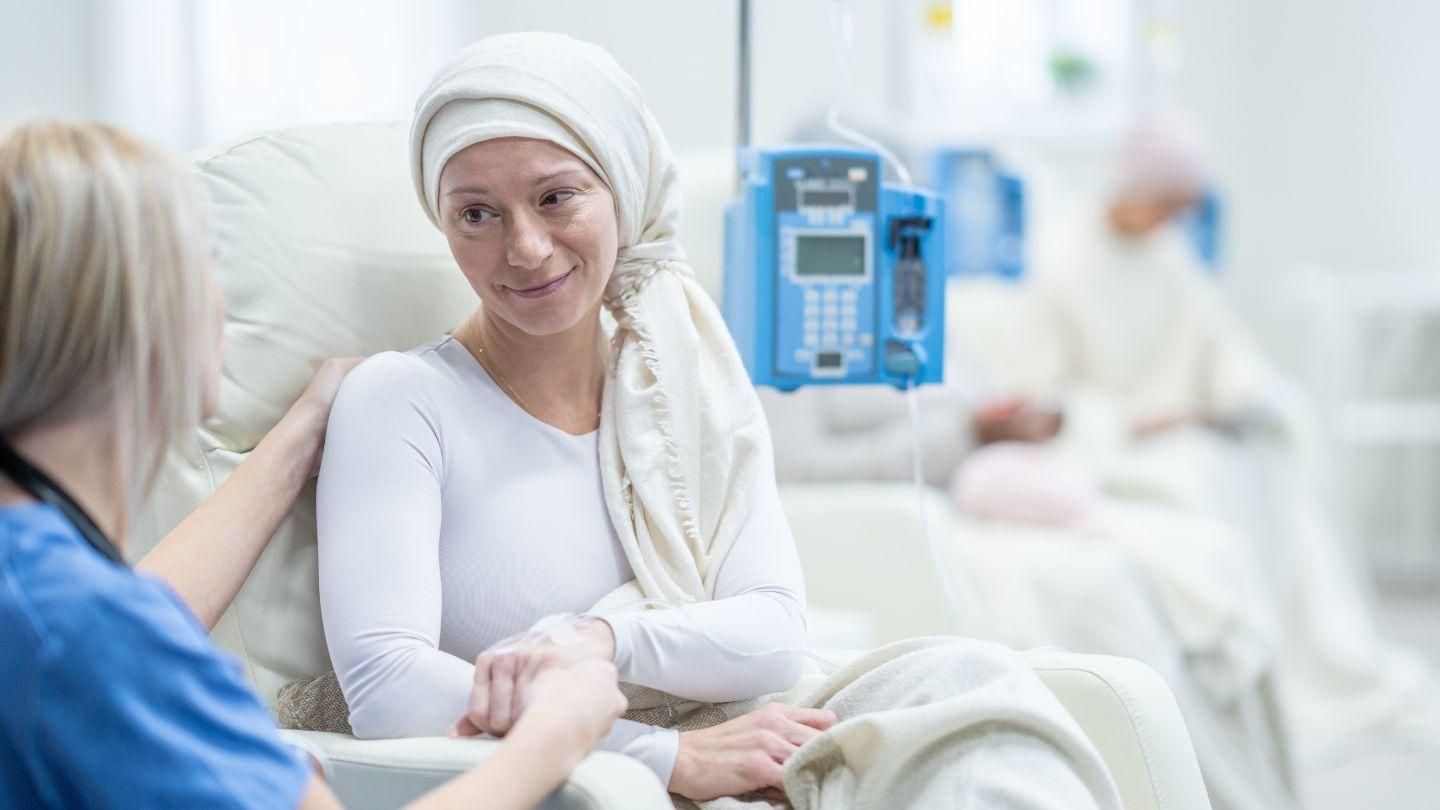How to Measure Quality in Cancer Care?

Cancer is a deadly disease that has affected countless individuals throughout the world. Quality cancer care is essential for improving outcomes and ultimately saving lives. However, measuring quality in cancer care can be challenging due to its complexity and the multiple stakeholders involved.
The Centers for Medicare & Medicaid Services plans have launched the Radiation Oncology Model (ROM) to help measure the quality of care in radiation oncology. The model uses measures such as patient experience, health status, and provider performance to assess the quality of care.
Read more: The Radiation Oncology Model: Top Five Things to Know.
Quality care and quality indicators are also critical in cancer care. Quality indicators measure the effectiveness of treatments and can help identify where changes need to be made for better outcomes. Read on to understand how to measure quality in cancer care.
1. Patient Satisfaction Surveys
These surveys are used to gather information from patients on their experience with and opinion of the healthcare services they received. This includes questions about access, communication, staff competence, and patient-centeredness. The survey results can provide valuable insight that can be used to improve services offered to patients and ultimately lead to better quality cancer care.
2. Clinical Performance Measures
These measures are based on scientific evidence that has been published in medical journals and are used to evaluate the quality of care by clinicians. They include factors such as timely follow-up after treatment, screening for secondary cancers, and the use of recommended treatments. These performance measures help identify areas where the quality of care can be improved and allow for positive changes.
For example, oncology departments can use clinical performance measures such as the percentage of patients receiving recommended chemotherapy for their cancer type or the number of days to treatment completion.
3. Clinical Outcomes
The clinical outcomes of cancer care are arguably the most important criteria for measuring quality. Overall and disease-free survival are two leading indicators that can be used to gauge how successful a course of cancer treatment has been. The overall survival rate measures how many patients survive at least one year after diagnosis. In contrast, the disease-free survival rate measures how long patients remain free of cancer following treatment. A third outcome measure, quality-adjusted life years (QALYs), can be used to gauge the amount of time a patient spends symptom-free and in good health following their diagnosis.
4. Cost-Effectiveness of Treatments
Cost-effectiveness is another essential factor to consider when measuring quality in cancer care. This involves evaluating the cost of treatments against the benefits they provide, such as length of life and reduction in symptoms. To accurately measure cost-effectiveness, one must consider other factors such as side effects, patient financial costs, and quality of life.
5. Adherence To Evidence-Based Standards and Guidelines
Oncology practices should adhere to evidence-based standards and guidelines for cancer care. This includes understanding the most current research in the field, keeping up with new therapies, and following recommended protocols. By staying informed of these guidelines, oncology practices can ensure that they provide patients with the highest quality of care possible.
Guideway follows the latest oncology care model, which integrates evidence-based standards and guidelines along with the best practices of cancer care. Call us to learn more about how we can help you improve the quality of your cancer care.




